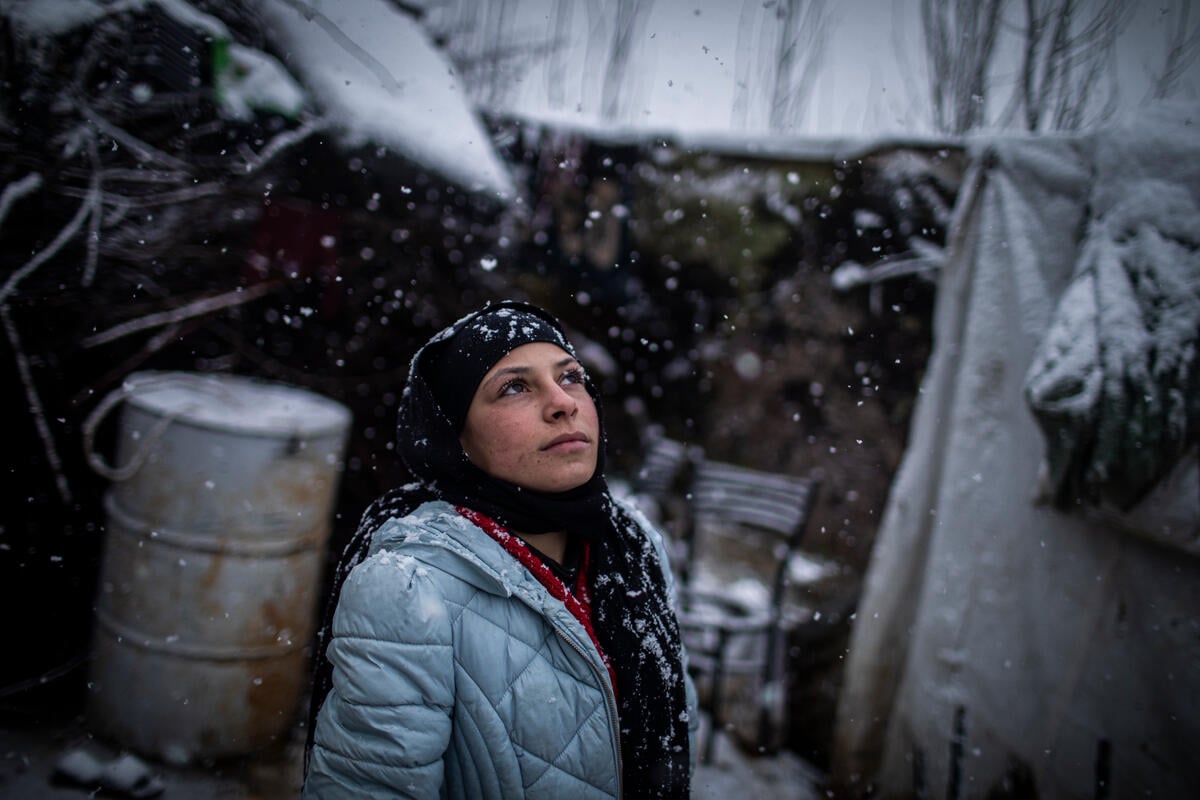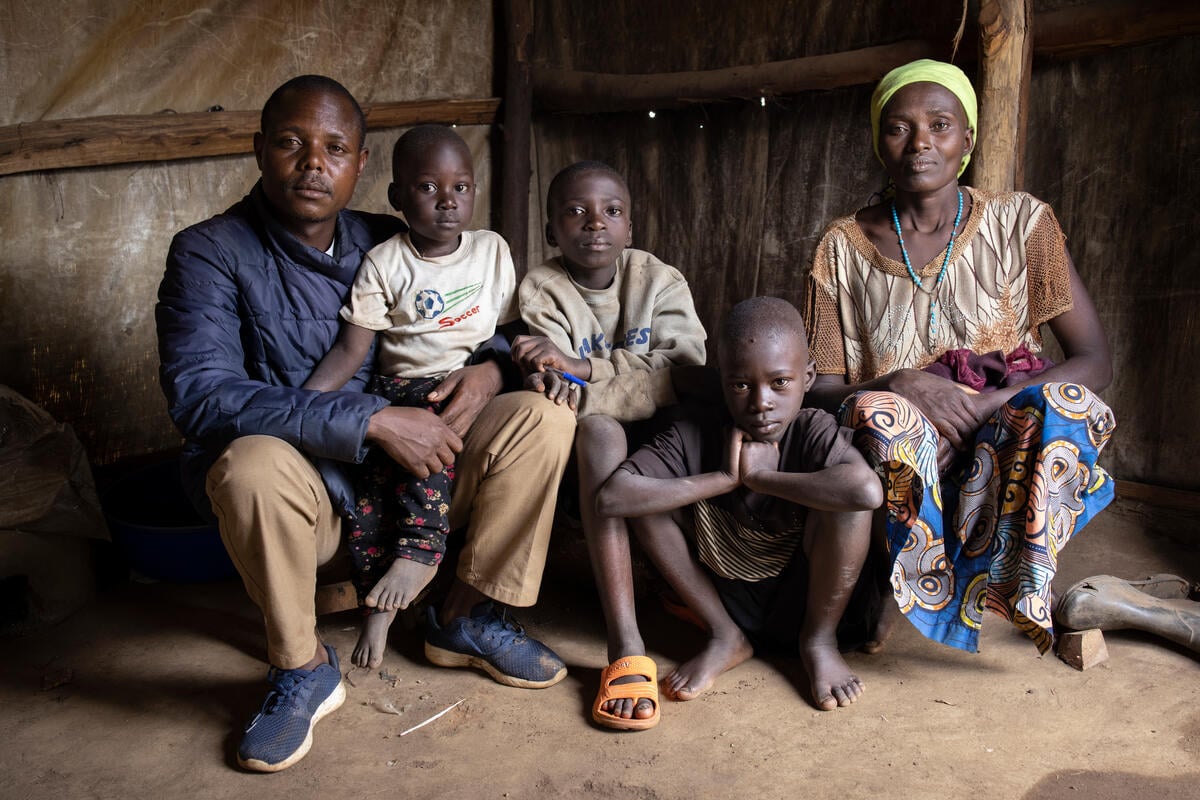Jordan's Za'atari refugee camp: 10 facts at 10 years
Jordan's Za'atari refugee camp: 10 facts at 10 years

Ten years ago, a group of 450 Syrians fleeing the fighting in their country emerged from the desert under cover of darkness and crossed the border into neighbouring Jordan. Later that day, they became the first inhabitants of the newly opened Za’atari refugee camp.
Within a year, the camp’s population had soared to 120,000 people. The tents that provided a temporary roof in the initial weeks and months were replaced by thousands of metal shelters. Roads, schools and hospitals were built to meet the needs of residents, and shops and small businesses sprang up, run by enterprising refugees.
A decade since the camp first opened its gates, the population has stabilized at around 80,000 people. It remains the largest refugee camp in the Middle East and one of the largest in the world, and a symbol of the long-running Syrian refugee crisis.
Here are ten things you need to know about Za’atari:
- Tents have been replaced by 25,000 prefabricated shelters
The first refugees to arrive in Za’atari camp were given tents by UNHCR, the UN Refugee Agency, to provide shelter from the harsh summer weather. In 2013, tents were replaced by static caravans. Their life span is six to eight years, meaning that most of them are now in need of urgent repair. According to a recent assessment, over 70 per cent of shelters now have walls, floors and ceilings that are considered sub-standard.
- Over 20,000 births have been recorded in Za’atari
This equates to around 40 babies being born every week. Half of the camp’s population are children and many of them have never been beyond the camp perimeter. From health care to community centres, all services that children need are provided inside the camp including schools, which are run by the Jordanian Ministry of Education.

- A bustling market features 1,800 shops
The ‘Sham Elysees’ – a play on ash-Sham, a word Syrians call Damascus, and the famous Parisian boulevard, Champs-Élysées – stretches almost 3 kilometres through the centre of the camp, hosting everything from vegetable stores to bicycle repair shops, all run by refugees. The entrepreneurship of refugees in Za’atari has been featured in news reports across the world. Trading relations with local Jordanian businesses and suppliers in the nearby town of Mafraq mean there is a constant stream of delivery trucks going to and from the camp.

- Eight medical facilities provide free health care
Operated by a range of international and local organizations, primary health clinics are dotted around the camp to treat everybody from emergency patients delivered by the camp’s ambulance service to refugees who walk in off the street. Approximately 25,000 medical consultations are provided every month, with more serious cases referred to Jordanian hospitals in nearby towns and cities.
- More than 30 organizations operate in the camp
Keeping Za’atari camp running is no mean feat. Almost 1,200 staff are employed by 32 different UN Agencies and NGOs working in the camp. From protection to health, cash assistance and shelter maintenance, coordination is key to keeping everything functioning smoothly. UNHCR manages all these activities in cooperation with the Jordanian Government.
- Water is a precious resource
With Jordan recognized as the second most water-scarce country in the world, water is a precious resource in the camp, which is located in the arid northeast of the country. Although all shelters in the camp are connected to the water network, in a recent survey, 30 per cent of households in Za’atari said the water supply was not enough to cover all their needs.

- Zaatari camp is powered by solar energy
The solar power plant in Zaatari opened in 2017 to provide green energy and electricity to refugee families. Originally designed to supply electricity for almost 12 hours a day, the power plant transformed life in the camp, with the market able to operate at night and walking the streets made safer after dark. In recent months, however, UNHCR has had to reduce the electricity supply to 9 hours a day to manage costs as electricity demand has soared.

- Only 4 per cent of refugees hold work permits
Work permits can be granted to Syrian refugees in Jordan to work in any sector open to non-Jordanians, including agriculture, construction, services and basic industries. Currently, however, only 4 per cent of refugees of working age in Za’atari hold work permits. As the impact of the pandemic continues to be felt in Jordan’s economy, a lack of job opportunities for both refugees and Jordanians is leading more camp residents to take high-risk jobs or get into debt. Two-thirds of refugee families in Za’atari report that they are in debt.

- Cash is being replaced mobile money
UNHCR distributes cash assistance each quarter to all refugees living in the camp to help them meet their basic needs. Over the past few months, however, cash distributions have largely been replaced by mobile money. 95 per cent of refugee households in the camp now have a mobile wallet. This innovation is allowing refugees to make digital payments and save money for the future.
- Most refugees want to return home one day
Survey data shows that the majority of the camp’s residents still want to return to Syria in the future. While most believe it is still not safe at present, longing for their country remains strong – even among the younger generation who have never seen their home. Traditions passed down through the generations help keep Syrian culture and heritage alive in the camp, thanks in part to the strong community ties feel that has grown in Zaatari camp over the last ten years.











